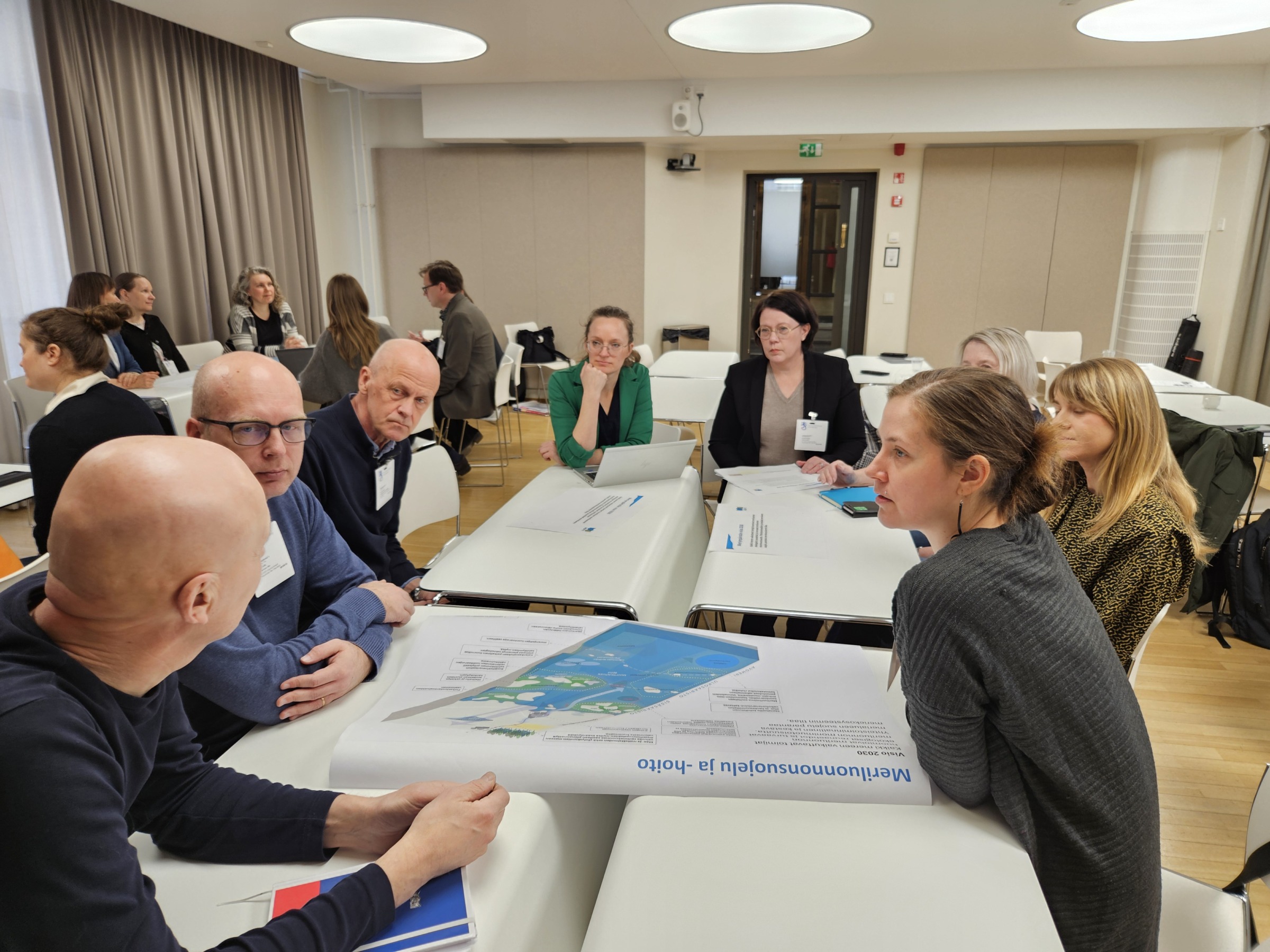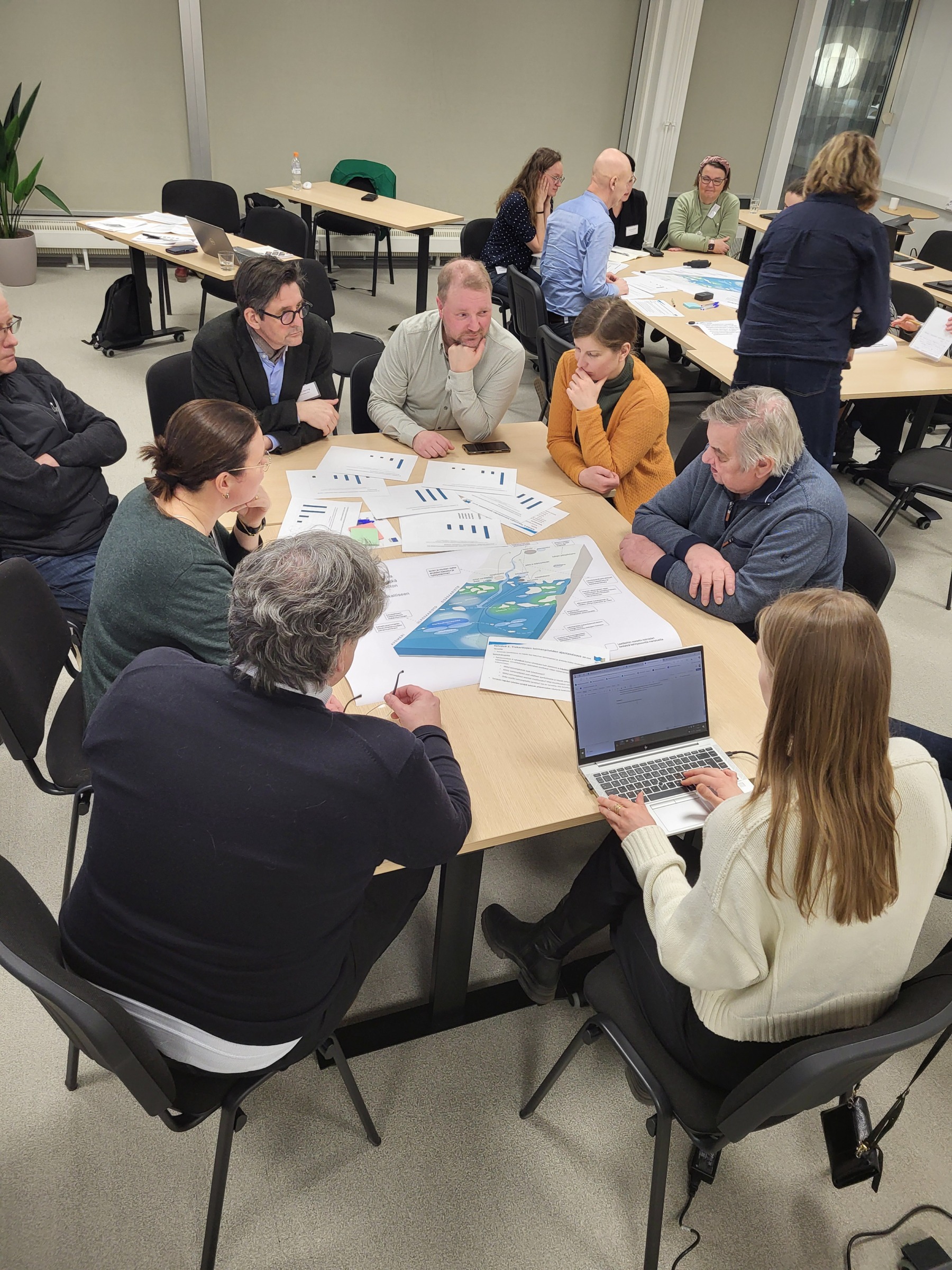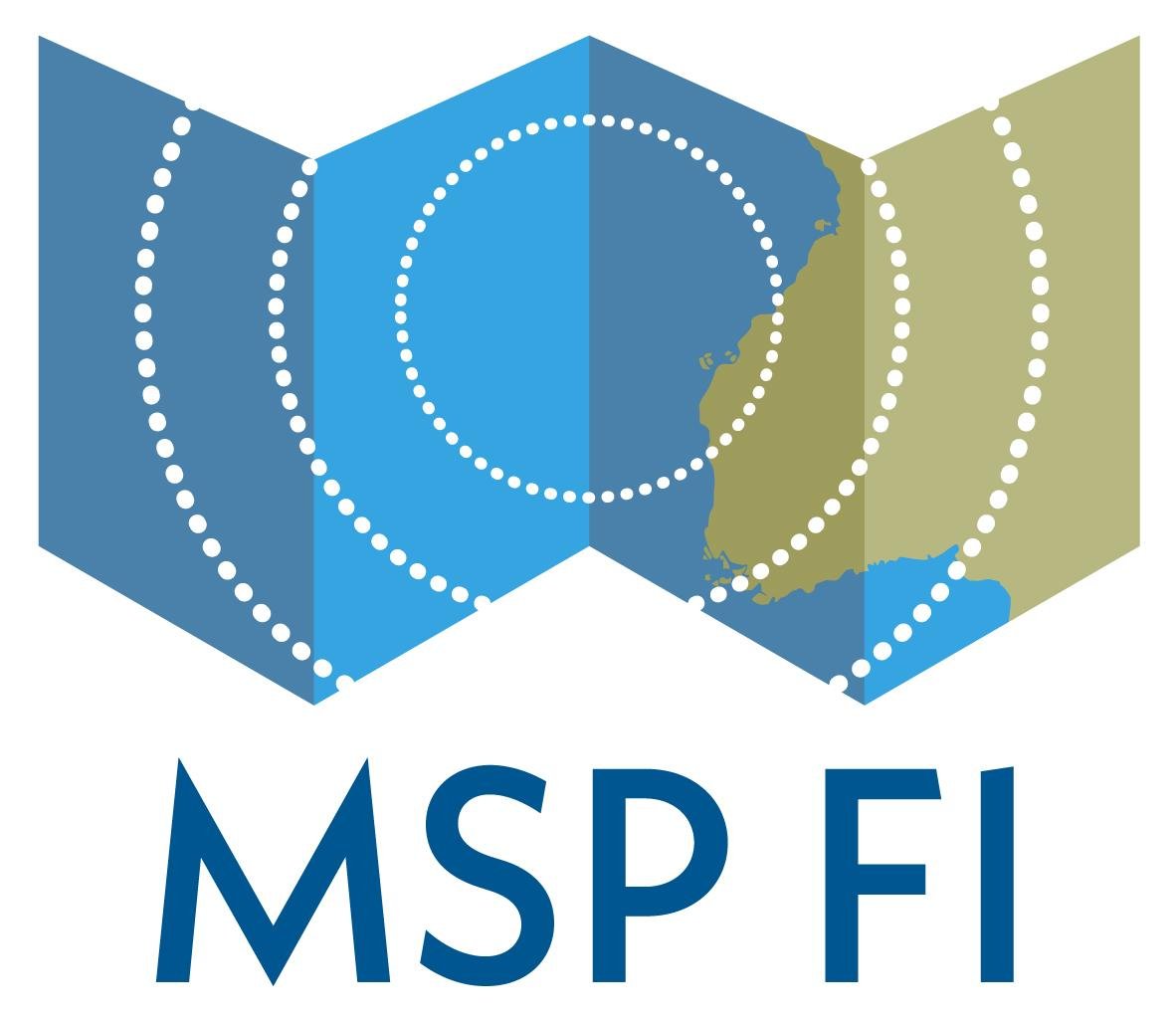Sectoral visions and roadmap measures under revision
March has been a busy month for maritime spatial planning, with eight remote sectoral workshops and face-to-face meetings with stakeholders in Helsinki. The events gave sectors the opportunity to comment on the sectoral visions of the current plan, assess their timeliness and, where necessary, update them to reflect new developments in the marine operating environment. The results of the workshops will be further discussed among planners in the spring. Participants recognised that the maritime environment has changed since the last planning cycle, but also that many of the visions developed in the last cycle still reflect the current objectives of sectors.

Maritime spatial planning met with the fishing, aquaculture, extractive, tourism and recreation, cultural heritage, marine environment, energy and maritime transport sectors in March 2025. The picture shows discussions at the Marine Environment event in Helsinki on 26 March 2025.
In the first round of maritime spatial planning (2017-2021), sectoral visions for the plan’s target year 2030 were created in close dialogue with stakeholders. The visions set out the desired direction for the development of the sector. In parallel, roadmaps and measures to achieve the vision were created.
Roadmaps and measures to achieve the visions were created in parallel. The measures, broadly targeted at different actors, are designed to support and enable the development of the sector. Now that the second round of planning is underway, the various sectoral agendas have been brought to the table for review and updating.
Many of the sectoral visions were found to be largely up to date and still valid, but there was also room for further clarifications. As for the measures, clear needs for change were identified and new measures were developed to complement the existing ones.
”We received excellent input from stakeholders to update the visions and measures. The updating work needs to be done in cooperation with stakeholders, as one of the main purposes of the plan is to promote and support the development of maritime industries. The visions of the sectors can now be updated to reflect the changed situation in marine areas”, says Timo Rantanen, Planner of the Maritime Spatial Planning Cooperation.
The visions were also examined in the workshops against the cross-cutting themes of the second round of maritime spatial planning: the European Green Deal, marine multi-use, safety and security of supply, and climate-smart maritime spatial planning.

Figure 2: During the meetings, the timeliness of the current plan was assessed from the sectors’ perspectives.
Work on updating the Maritime Spatial Plan will continue over the coming summer and autumn. ”In the autumn we will be able to have discussions between the different sectors, which will be the moment of synchronization.” Rantanen explains. ”Then we will be able to look at the synergies and conflicts between the sectors and together we will outline how the sea can be used in a sustainable way, taking into account the boundary conditions for good status of the marine environment.” The updated Maritime Spatial Plan is due to enter into force by the end of 2027.

Figure 3: a discussion with representatives of the fisheries sector on 11 March 2025 in Pasila.
Among the sectors considered in the MSP, blue biotechnology and the maritime industry have yet to be consulted. Meetings with industry representatives from the two remaining sectors will take place later in spring 2025.






